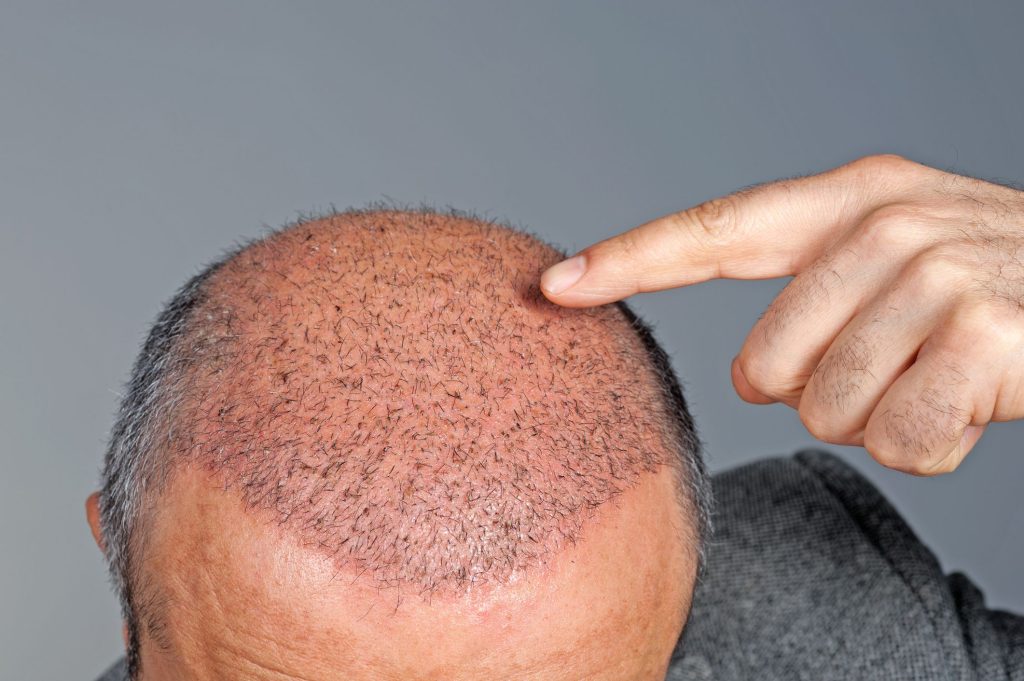Hair Transplants and men’s expectations

Hair transplants have become an increasingly popular solution for men facing hair loss, a condition that affects a significant percentage of the male population, particularly as they age. The expectations surrounding this procedure are influenced by a mix of personal hopes, societal perceptions, and advancements in medical technology.
At the core, men typically seek hair transplants with the expectation of regaining a fuller, more youthful head of hair. This desire is often driven by the psychological impact of hair loss, which can affect self-esteem and body image. Men undergoing these procedures generally hope to see a dramatic improvement in their appearance, which they believe will translate into better personal and professional interactions.
One of the primary expectations is a natural-looking result. Men want the transplanted hair to blend seamlessly with the existing hair, maintaining natural hairlines and avoiding any obvious signs of the transplant, such as patchiness or an unnatural density gradient. The expectation extends to the hair growing in a way that allows them to style it as they did before the loss, or as they have always desired.
Technological advancements have also shaped expectations. With modern techniques such as Follicular Unit Extraction (FUE) and Follicular Unit Transplantation (FUT), men expect minimal scarring and a quicker recovery period compared to older methods. The minimally invasive nature of these newer techniques leads to the anticipation of less post-operative pain and discomfort, and a faster return to everyday activities.
Duration and effectiveness of the results are also significant expectations. Men often hope that once they undergo a hair transplant, the results will be permanent, with no need for repeated procedures. However, while transplanted hair generally continues to grow like normal hair, patients may still experience natural hair thinning or loss in other areas, which could necessitate further interventions.
Finally, men expect clear and honest communication from their surgeons regarding the outcomes. They want to know what is realistically achievable, understanding that results vary based on individual factors like the extent of hair loss and hair type. This expectation includes detailed pre-operative consultations and post-operative care instructions to maximize the success of the procedure.
Overall, the decision to undergo a hair transplant is often loaded with high hopes for aesthetic improvement and a boost in confidence. As the techniques continue to improve and success stories circulate, the expectations for transformative results grow stronger among men seeking these procedures.
How many types of hair transplant procedures exist?
Two main types are Follicular Unit Transplantation (FUT) and Follicular Unit Extraction (FUE). FUT involves removing a strip of scalp, while FUE extracts individual hair follicles.
Who is likely to be a good candidate for a hair transplant?
Such a person will have stable hair loss, a good area of donor hair, and realistic expectations. People with certain scalp conditions may not be suitable.
What is the success rate of hair transplants?
These vary but generally, about 85% to 95% of transplanted hair will grow back as expected within six months after your surgery.
How long does a hair transplant procedure take?
Depending on the extent of the transplant, it can take anywhere from 4 to 8 hours. Larger sessions may require multiple visits.
Are hair transplants painful?
Local anaesthesia is used during the procedure, minimizing pain. Any discomfort is typically mild and manageable with pain relievers.
What are the risks of hair transplant surgery?
Possible risks include infection, scarring, unnatural-looking hair growth, and a phenomenon known as shock loss, where hair temporarily thins around the treated area.
How much does a hair transplant cost?
Costs vary widely based on the procedure type, extent of transplantation, and where you live. Expect prices to range from $6,000 to $15,000.


